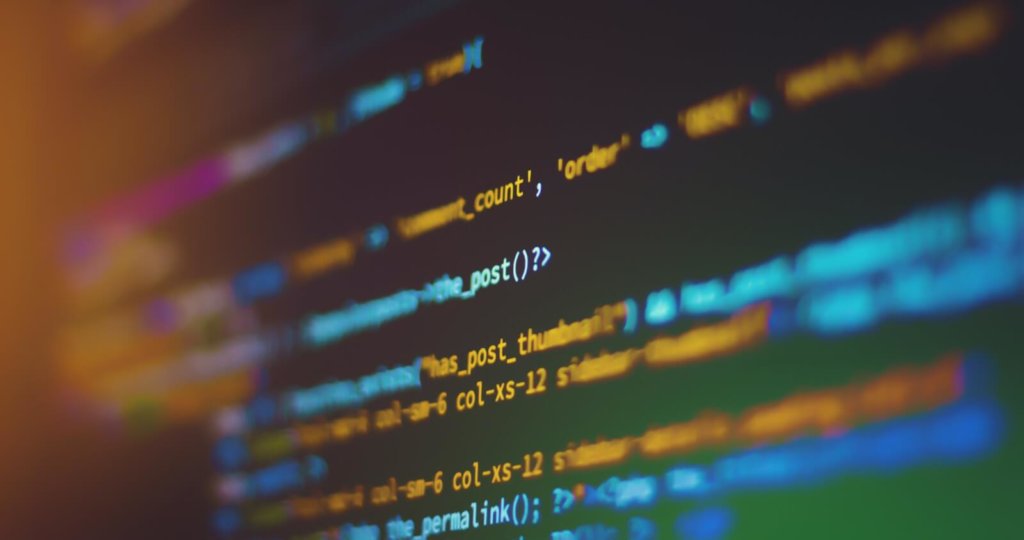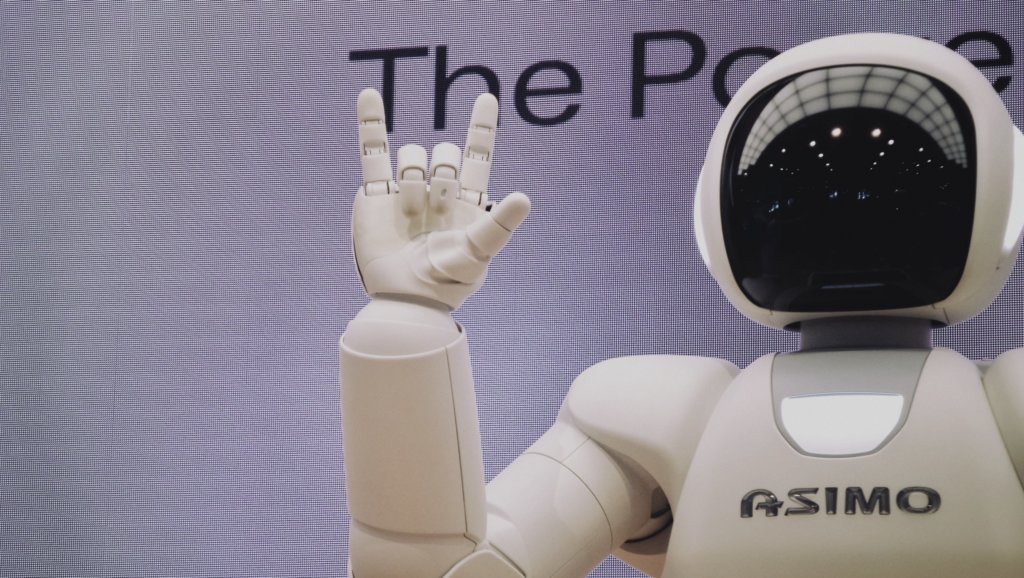
From advancements in cloud computing to an increasing remote workforce, the start of 2022 has undoubtedly been a rollercoaster riding off the momentum of a few incredibly disruptive years. As we head into Q2, reflecting on the trends we experienced within the application development industry, we thought it would be useful to pause and analyze some trends making waves early this year, and give some context around how these may develop into the rest of 2022! Of course, as a prominent San Diego app developer, we’ve constantly got our ear to the ground to understand what trends in iPhone app development and Andriod app development and how these may influence projects for our clients.
Now, it’s no secret that app development has skyrocketed within the last decade, and continues to grow at an exponential rate. As a result, the way we code, integrate, and automate applications is constantly changing. To stay ahead of the game, it’s vital that you know what may be coming next in the app development industry.
Of course, we can’t predict exactly what will happen in the technological world, but we can learn from current application development trends that were popular in 2021 and how they’ve developed in the early part of 2022. From low-code/no-code to artificial intelligence (AI), this article will be exploring some of the most significant trends we expect to see in for the rest of 2022 – keep reading to learn more!
Low-Code/No-Code

Ever hear the term “low-code/no-code”? If not, you’ll probably want to familiarize yourself with it as it’s rapidly becoming a vital tool for developers. So, what is low-code/no-code? In short, it’s a type of development platform that utilizes a visual software to allow developers to essentially drag and drop application components, connecting them together to create mobile or web applications.
As a result, low-code/no-code app development tools are lightening the load for many developers, taking away some of the many responsibilities that they’re dealt with when creating apps. For instance, one of the primary advantages of low-code/no-code is the transition of IDEs, or integrated development environments (a software suite used to build apps) to the cloud, making them optimized for advanced integration and automation.
In addition, low-code/no-code is also being written with the help of artificial intelligence (AI) which we suspect will continue into the new year (and for many years to come). For example, Github’s Copilot, a platform that assimilates and assembles billions of lines of code, is the next evolution of low-code/no-code tools for developers. In prior generations, these products weren’t overly “smart” as they were only intended to help developers write cleaner code. With recent advancements and the help of AI, however, these programs are now able to write complete code for developers.
The Integration of AI

Speaking of AI, there’s a good chance that you’ve come across a mobile or web application that utilizes machine learning algorithms to optimize your experience within the app.
For example, have you ever used the “live chat” option when you had a question for your bank? If so, you probably recall getting an automated response from a chatbot with a list of options to choose from. Thanks to AI, banks are now able to provide “lightning-quick” responses to their customers without the need for direct human interaction.
Or, maybe you’ve been required to use telemedicine to consult your doctor due to the global pandemic. Well, we’re here to tell you that you’ve probably come across some machine learning algorithms during your experiences with telemedicine. From studying symptoms to collecting results and comparing that data against data from other patients to determine the appropriate self-care, AI has undoubtedly revolutionized the mHealth industry.
Regardless of where you’ve come across it, the simple fact of the matter is that AI has become an integral part of the application development industry. And, it’s safe to assume that we will see more and more developers utilize machine learning and AI throughout the development process.
A Need for Developers

Did you know that the global application development software market is anticipated to reach USD 733.5 billion by 2028? After all, it makes sense due to the growing trend of cloud-based solutions, an increase in the usage of the Internet of Things (IoT) technology, as well as the recent surge in the demand for advanced applications that improve work efficiency, resolve business issues, and streamline business operations. The application development industry, however, isn’t entirely prepared for this expansion.
As mentioned previously, low-code/no-code development platforms are being deployed to enable rapid production and adoption of functional software to meet the unique needs of businesses. And, while these platforms are helping remedy this expansion by alleviating some of the many responsibilities of developers, the recent demand for streamlined business applications has created a profound need for tech-savvy individuals in the application development space.





